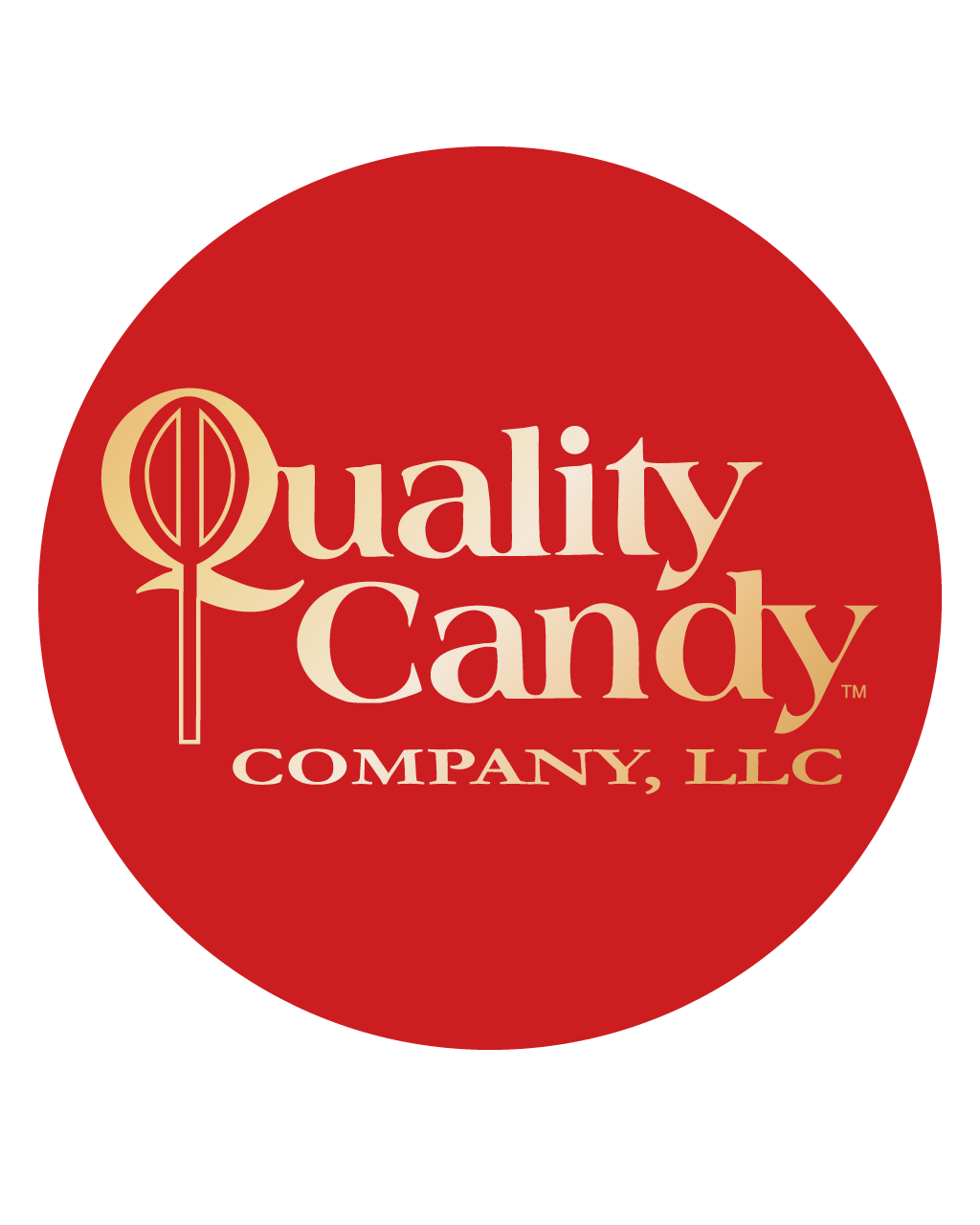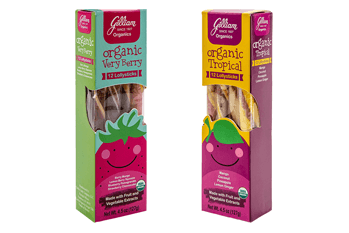It should be no shock to anyone that the demand for organic foods has steadily increased. Health conscious consumers seek transparency in their products and are increasingly concerned with the environmental footprint and quality of ingredients of the brands that they purchase.
Demand for organic snack foods is particularly high. In 2015, organic food sales reached $2.3 billion. That’s a 14% increase in sales from the year before. If you’re looking for evidence, it’s all around you. Pretty much every grocery store nowadays has an organic section. If not, there’s bound to be somewhere else close by.
This increasing demand for organic foods comes from consumers who fall into a particular category known as LOHAS. “Lifestyle of health and sustainability,” consumers are not restricted to a single demographic. Millennial, Gen X and Gen Y consumers of all genders help drive the demand for organic foods.
So what’s the big deal about organic food anyway? Organic food needs to come from organic ingredients. In fact, to be certified as organic, products cannot contain ingredients produced with pesticides, synthetic fertilizers, sewage sludge, genetically modified organisms (GMOs) or ionizing radiation. Overall, higher quality ingredients mean that consumers can indulge without worrying about what they’re putting in their bodies.
This is likely why the demand for organic candy continues to increase today. Laina Malnight, marketing manager for Chocxo puts it best, “Organic candy, for the most part, is giving consumers a permissible indulgence,” Malnight says in this article by Candyindustry.com. “You can buy the candy or the chocolate, but you feel a little better about it because it’s organic and you know where the ingredients come from.”
Keep an eye out for our next article, which will cover the issues that candy makers commonly encounter when making the switch to organic. Don’t forget to subscribe to our Facebook and Twitter!

